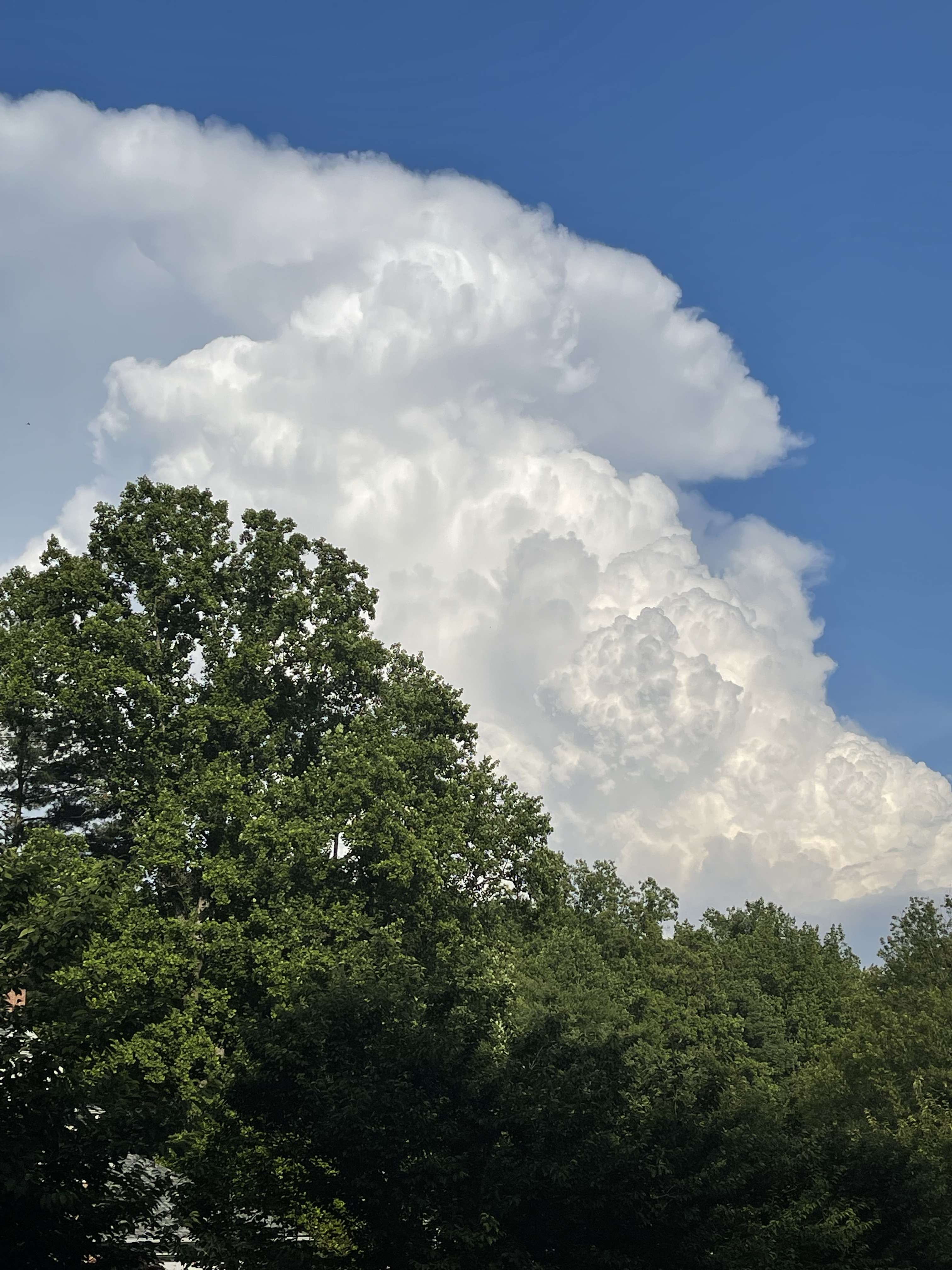-
Posts
44512 -
Joined
-
Last visited
-
Days Won
262
Everything posted by Phil
-
Funny how after all the hand-wringing, the modeling is trending right into your typical -ENSO/+QBO climatological progression. Of course, that's party/mostly because the intraseasonal forcing is constructively interfering with/mirroring a Niña Cell..that will change in mid-December, where an EPO spike may be favored before forcing reaches 150E and beyond in late December, which should force another round of NPAC wave breaking.
-
Or, maybe the warm Arctic was/is a result of the unprecedentedly strong -NAM and weak stratospheric PV regime that's been ongoing since September? A weak equator/pole thermal gradient is something you'd generally expect from a -NAM/weak PV regime, not necessarily a cause. Where the PV has been located (Eurasia), record breaking cold has been observed. Back in early September, the polar stratosphere became heavily perturbed/warm relative to average, and the troposphere followed a few weeks thereafter. No?
-
I'm with you, perfect job for a weather freak. I'm honestly considering staying in the landscaping and tree care business even after I complete my degree. I enjoy it too much, and if/when my body gives out, I won't be able to go back. Also, being way up in trees cured my fear of heights. Therapy by exposure, I guess.
-
It's no problem. My prediction was/is for an overall cooling to begin in 2017, +/- 1yr, statistically speaking. In hindsight, it looks like 2016 will probably be the statistical start time, given the super niño induced warmth.
-
Yes. At least that's my take.
-
I'm still predicting a multi-year -ENSO. Probably won't verify as strong as I thought it would, but thats mostly a trivial difference. If you can't read for context, that's not my problem, so please don't make it my problem.
-
I said multi-year Niña or -ENSO (which I think is still quite likely), and that was before the QBO failed to cycle, at which point I stated that 2017/18 was less likely to qualify as a Niña given more vigorous convection would be favored over the equatorial Pacific as the tropical tropopause cools.
-
I really haven't made any significant changes. I under-forecasted the strength of the Niño last winter, and over-forecasted the strength of the ongoing -ENSO, both failures resulting from the systematic corruption of the QBO.
-
I never said anything like that. I don't foresee another strong Niña until after the Niño response to solar minimum in 2019/20. So, 2020/21 would be my best guess for the next strong Niña. Wildcard would be 2018/19..that's a year that could go either way w/ regards to ENSO, IMO. I think 2017/18 will be ENSO neutral.
-
My hunch is next year's ENSO will be more positive. We should be moving into a -QBO/cold equatorial tropopause regime, which typically enhances the equatorial Pacific convection overall. This would favor a stronger intraseasonal/MJO component, and a reduction in the low frequency equatorial Pacific subsidence crucial to the La Niña base state.
-
I'm not saying I'm worried about the short term either, I'm just trying to explain what's wrong with the short term progression so we know what to look for going forward. Exactly how the blocking develops is key. I'm confident that significant blocking of some sort will develop in the middle of December, onward, but exactly how/where it develops is still highly uncertain.



